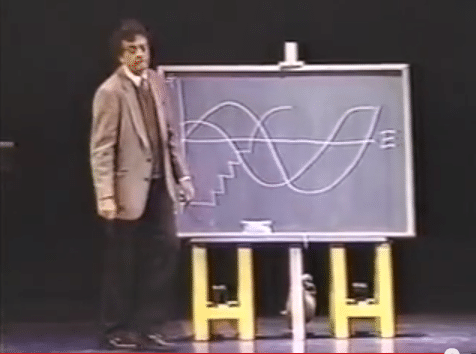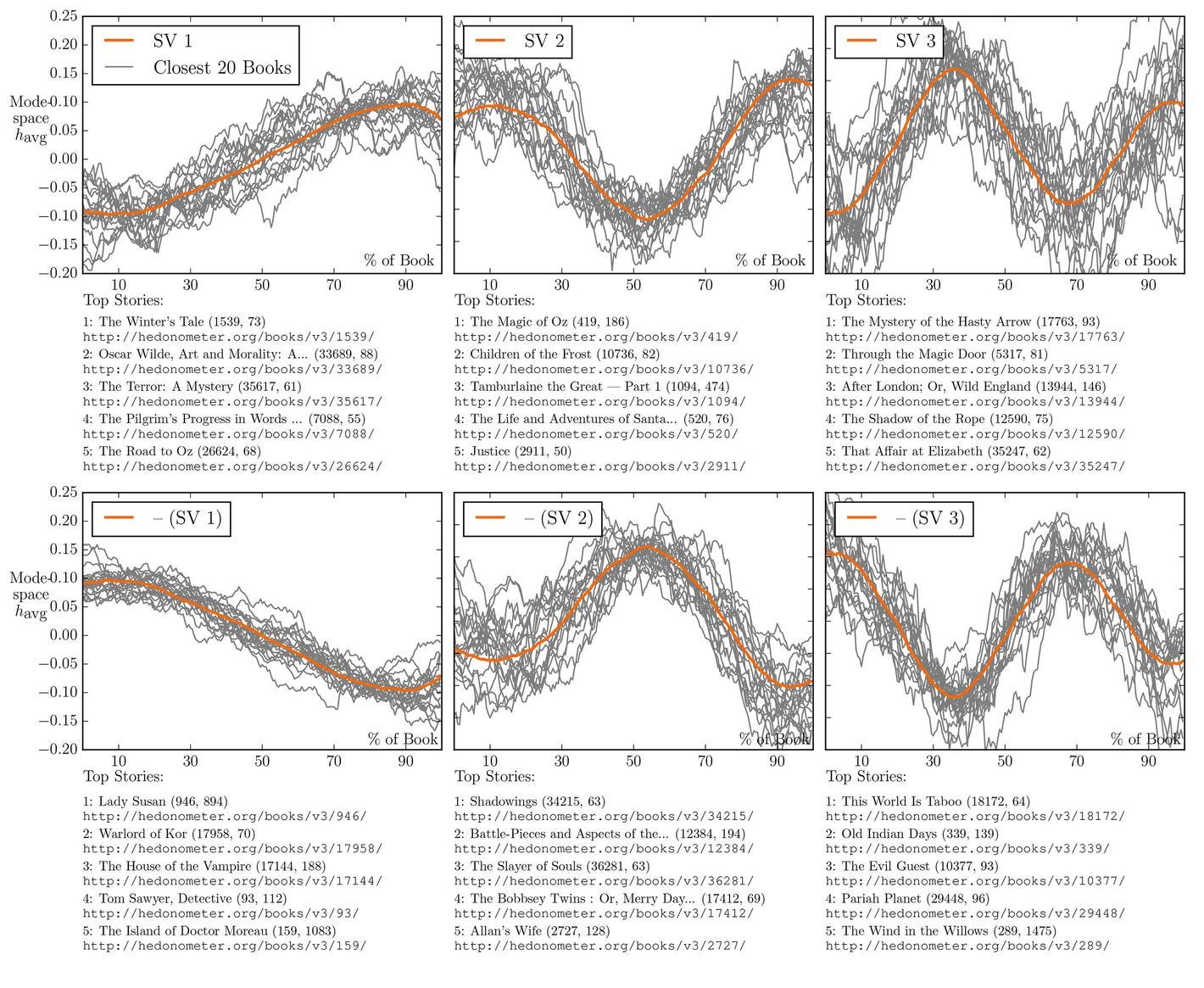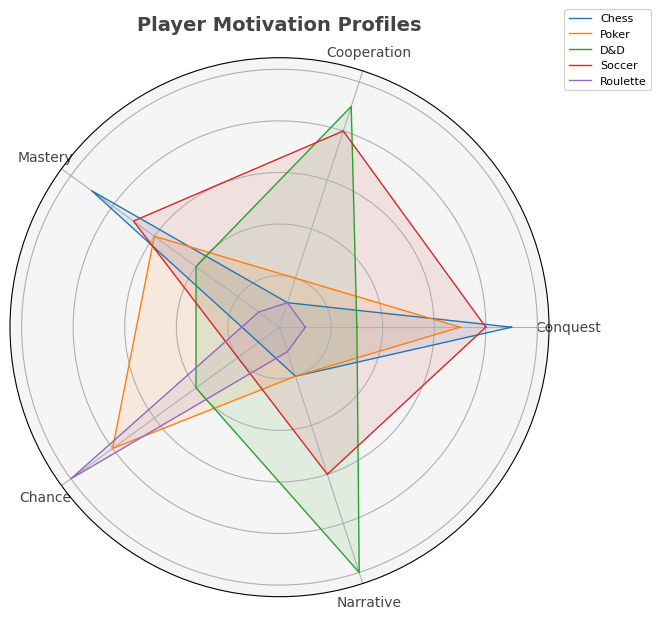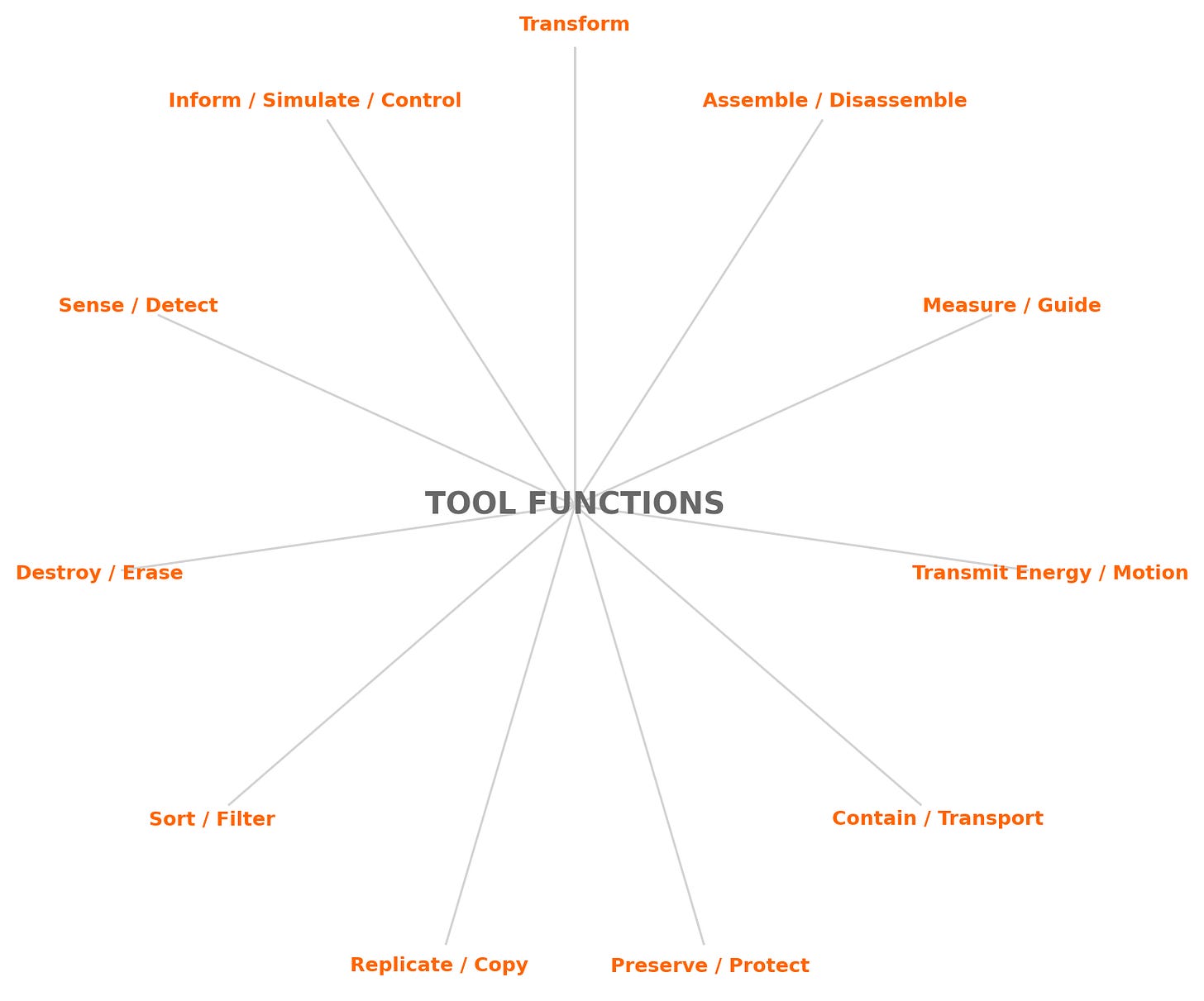An AI use case paradigm: identifying archetypes & variations on a theme
AI is very good at summarization and as a result it is very good at extracting a core theme from less important strands. This potentially has a broad application in both knowledge creation and retrieval and can be done by looking for ‘recipes’ as recipes are highly efficient ways of encoding process. By recipe, I mean components and steps to process these components for a desired outcome, where food recipes are merely the canonical example, but recipes can be applied to any process in any domain.
Consider the following pre-AI use case: searching for a recipe for hummus on Google. What it returns is a collection of food recipes, largely ranked by popularity, where both finding interesting or unusual variants and the core recipe to improvise on requires trawling through a mass of links.
To address this information overload, I looked for the recipes for recipes themselves and have build a recipe search engine at cookette.com (ask me for a code to try it) that does a thorough AI analysis of hundreds of recipes. It’s a more efficient UI for food search.
After analysing many recipes, Cookette extracts the archetype, in terms of both ingredients and preparation.
It then ranks variants based on frequency of use of an ingredient and its purpose; regional variants and variants by famous chefs of restaurants.
What this does it allow you to understand the core, to enable you to grok the essence of it an improvise more easily. It also allows you to assimilate hundreds of variations in the easiest way possible. I allows you to accumulate, process and deliver new knowledge more efficiently.
More broadly, I am interested in recipes and variants on a theme as a new UX and design methodology particularly suitable for the AI era.
DNA, the foundational information component of life itself is not really a blueprint but a recipe. A blueprint for a fruitcake would specify the coordinates of each raisin, whereas a recipe just indicates the steps where each outcome is a variation of the theme in terms of the actual placement of the fruit in each cake delivered from the same recipe.
As the DNA example illustrates, recipes are not just about food, they are a completely different way of building and analysing things where process and archetypes are embedded in the instructions. I have been looking at applications for recipes in three domains: architecture; games and tools. In each, I have been building some AI driven analysis and possible applications.
Architecture
For architecture I am interested in what is called vernacular architecture, the background styles such as a Georgian terrace, where the actual architect is often unknown and where each is built as a slight variation on a pattern - a recipe.
Recipes for architecture are much more interesting, lasting and important than the outputs of star architects and the best attempt to encode architectural recipes was by Christopher Alexander and his ‘Pattern Language’. Ironically, a Pattern Language is more familiar to computer science students than architects as it describes a methodology for encoding modularity that is applicable to object oriented software development.
Architectural recipes produce variants based on a theme and this variation is what makes them more artisanal and organic. The example below shows a parametric design for chinese courtyard houses based on a common recipe for the courtyard but adapted in each case to follow the existing topography and water drainage for natural variation. A recipe approach should be able to create true modern architecture but with the same organic qualities of a mediaeval hilltop town. I have written exactly how and why this is the case, here.
Recipe based architecture creates the possibility to use AI to actually design things that can be built rather than just pretty prictures that act as concept designs, much like AI software development tools can produce actual applications.
Linking building software that actually understands components, so that you can potentially produce a model in Revit that can generate working drawings that can be built is much easier from recipes as they encode meaning rather than just ‘lines on paper’.
Not only should it be possible to develop architectural styles through recipes that are far more organic and human, but it should be possible actually build them via AI enabled design where this cannot be done for one offs.
Games
To produce a recipe for recipes, an overall concept must underly them and science fiction author, Kurt Vonnegut perfectly illustrated this when he mapped story archetypes to a fixed set of emotional arcs for a finite set of them.
Like many seemingly non comprehensive categorization strategies, the results of Vonnegut’s archetypes when mapped to existing stories, shows real correlation.
I extended Vonnegut’s method via AI to categorize archetypes for humor, looking for patterns and cultural variations in jokes, to see if this was potentially useful - and once I had managed to get decent outputs by asking the right questions, I extended the same method of interrogation of AI to analyse games, game mechanics and game archetypes.
At some point, I will publish this analysis separately as I think it is genuinely useful not just for games design, but understanding human behavioral incentives and how to design businesses and services of any type.
Tools
The last category I have been exploring in terms of archetypes and variations on a theme is tools where tools are again equivalent to the genotype of human physical output and the output of tools are the phenotype.
Richard Dawkins used the term extended phenotype to refer to things like snail shells. Our own houses are the human extended phenotype and the tools that created them are something that can be analysed in terms of physical agency (ability to move and transform physical materials).
Analysis identified 11 tool primitives that deal with matter, energy and information:
Transform (cut, shape, bend, grind)
Assemble / Disassemble (join, fasten, weave, weld, dismantle)
Measure / Guide (mark, align, calibrate)
Transmit Energy / Motion (lever, wheel, gear, motor)
Contain / Transport (store, carry, channel)
Preserve / Protect (shield, insulate, conserve)
Replicate / Copy (molds, printers, duplicators)
Sort / Filter (sieve, algorithm, centrifuge)
Destroy / Erase (shred, dissolve, bomb, delete)
Sense / Detect (microscope, radar, voltmeter, biosensor)
Inform / Simulate / Control (record, calculate, communicate, model, program)
Via asking the right questions of AI models, I have started to create a categorization and genealogy (the tools that make the tools) of human tools from a flint axe to a particle accelerator.
The reason I think this is important is that it potentially creates a framework of understanding of agency in the real world, for defining physical AI capabilities from general purpose, AI enabled robotics.
Summary
I believe AI is very good at sourcing archetypes and variations on a theme, and that this creates opportunities for new UX paradigms specifically adapted for the AI era. I believe that this can be described as a language of information retrieval and processing that centers around recipes and that there are several domains where it may be particularly useful, such as in games and tools.


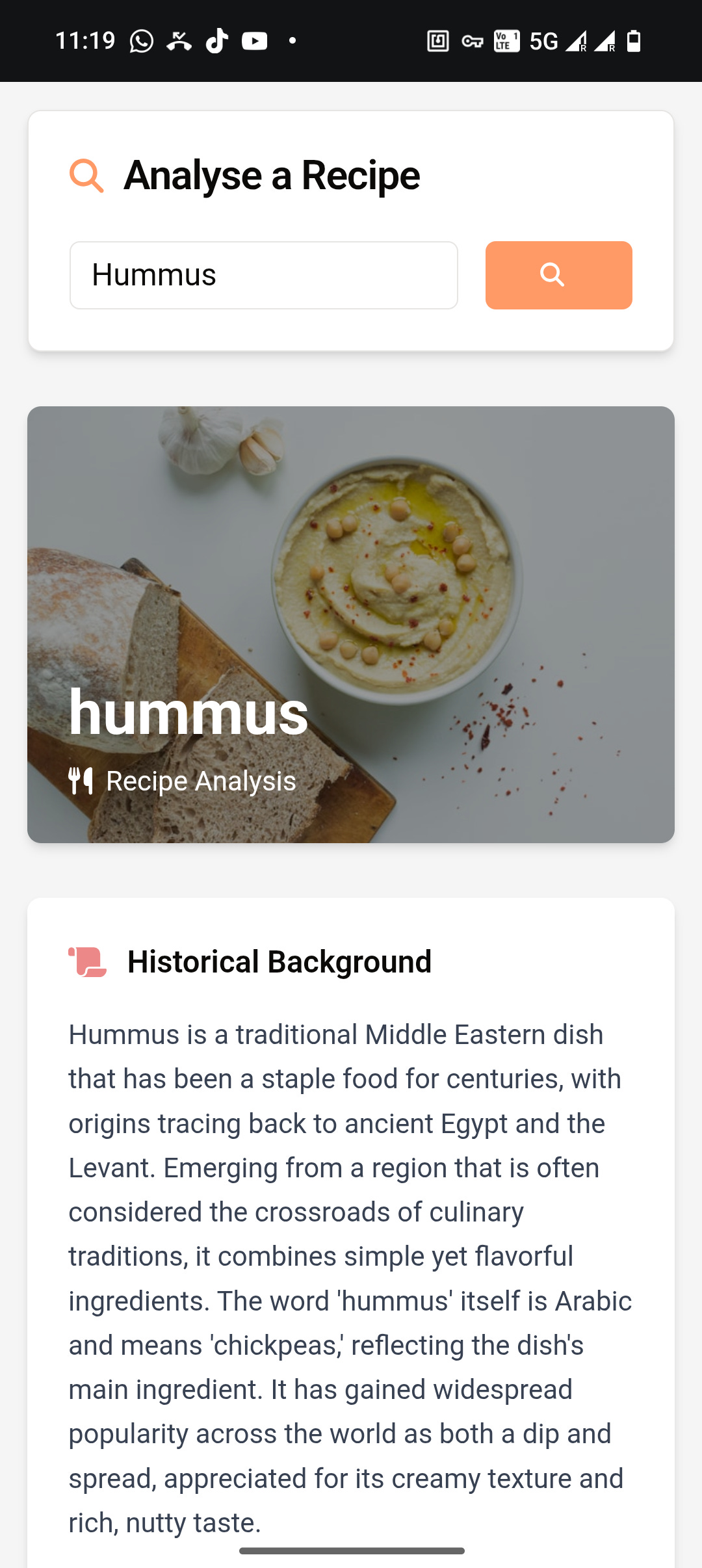
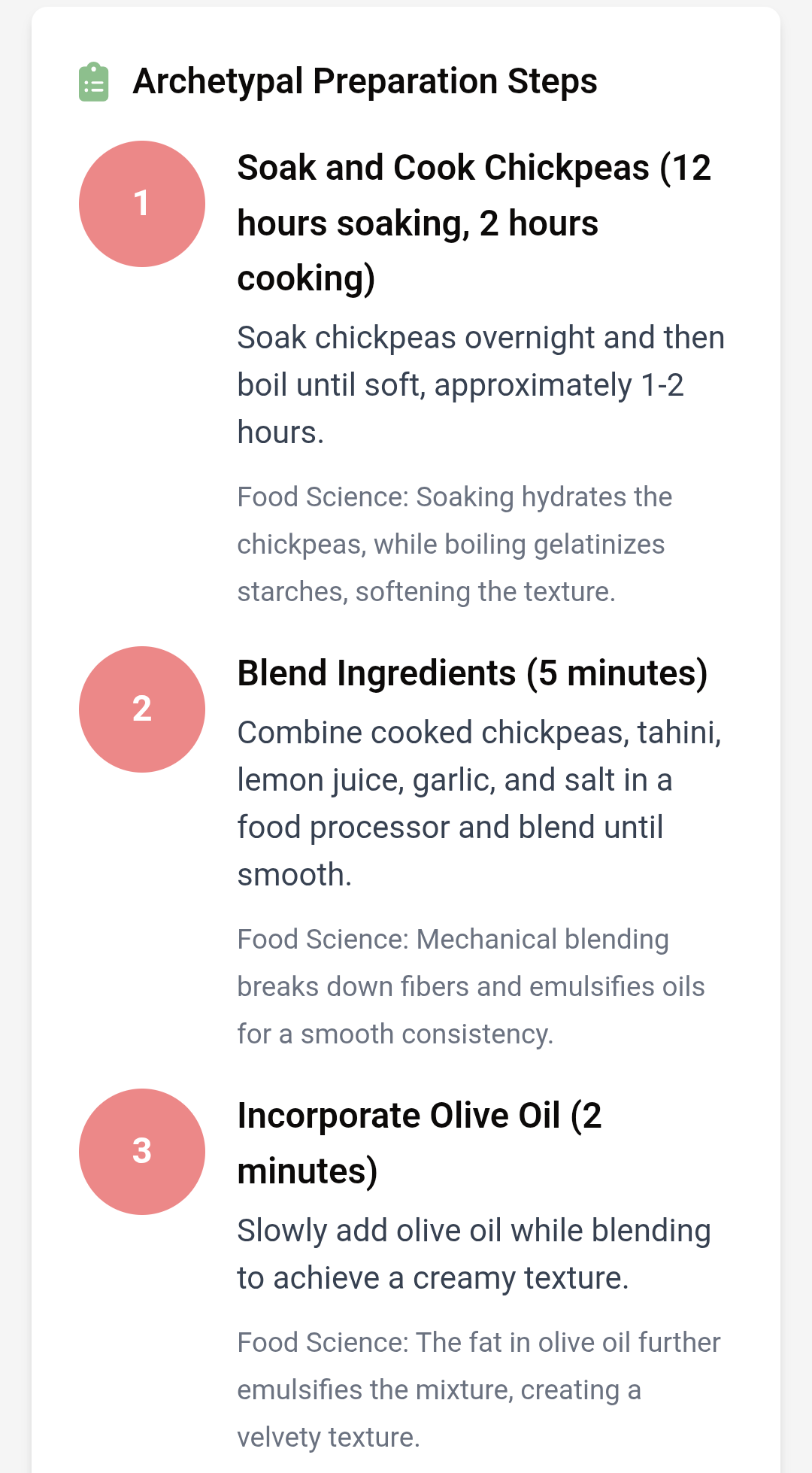
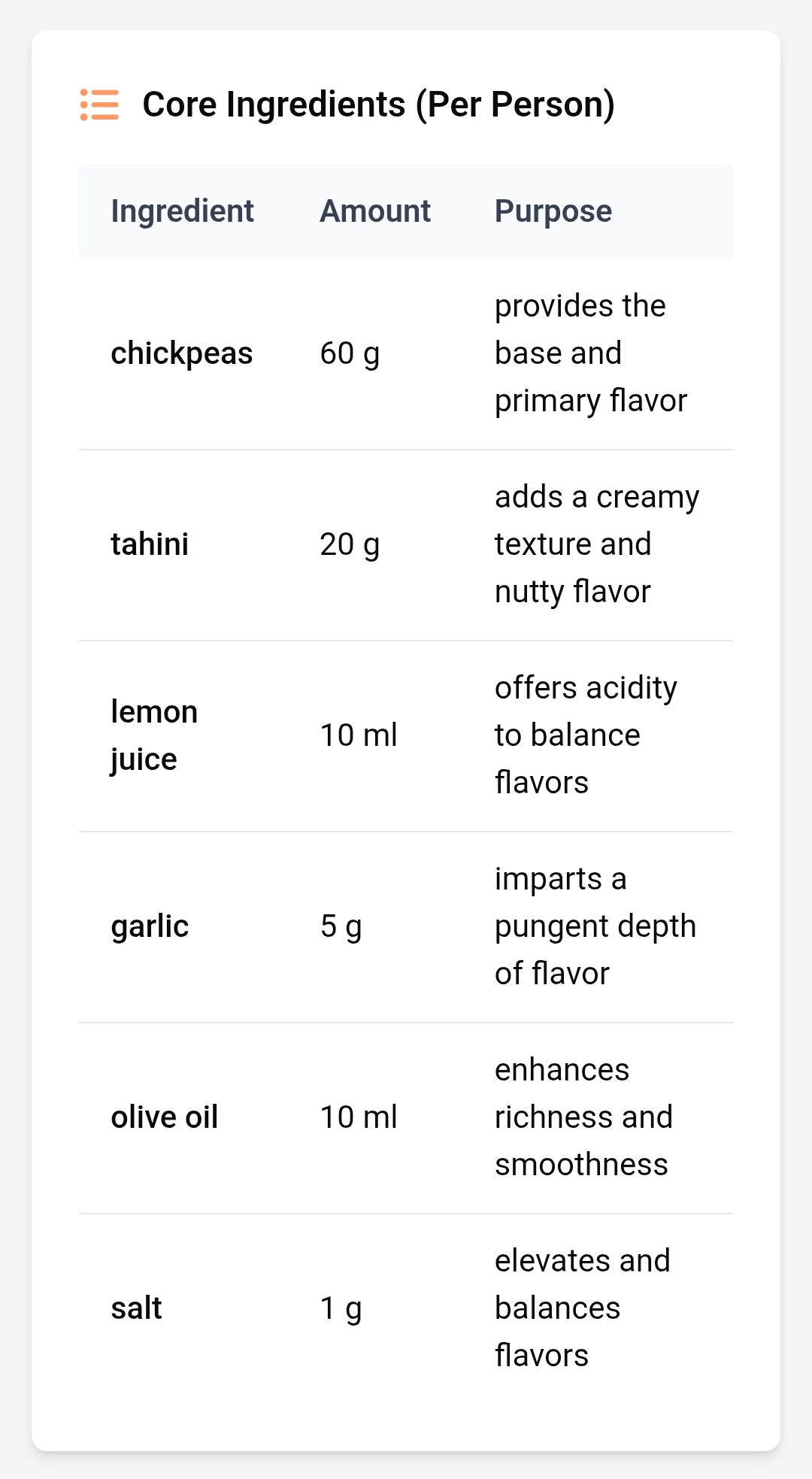
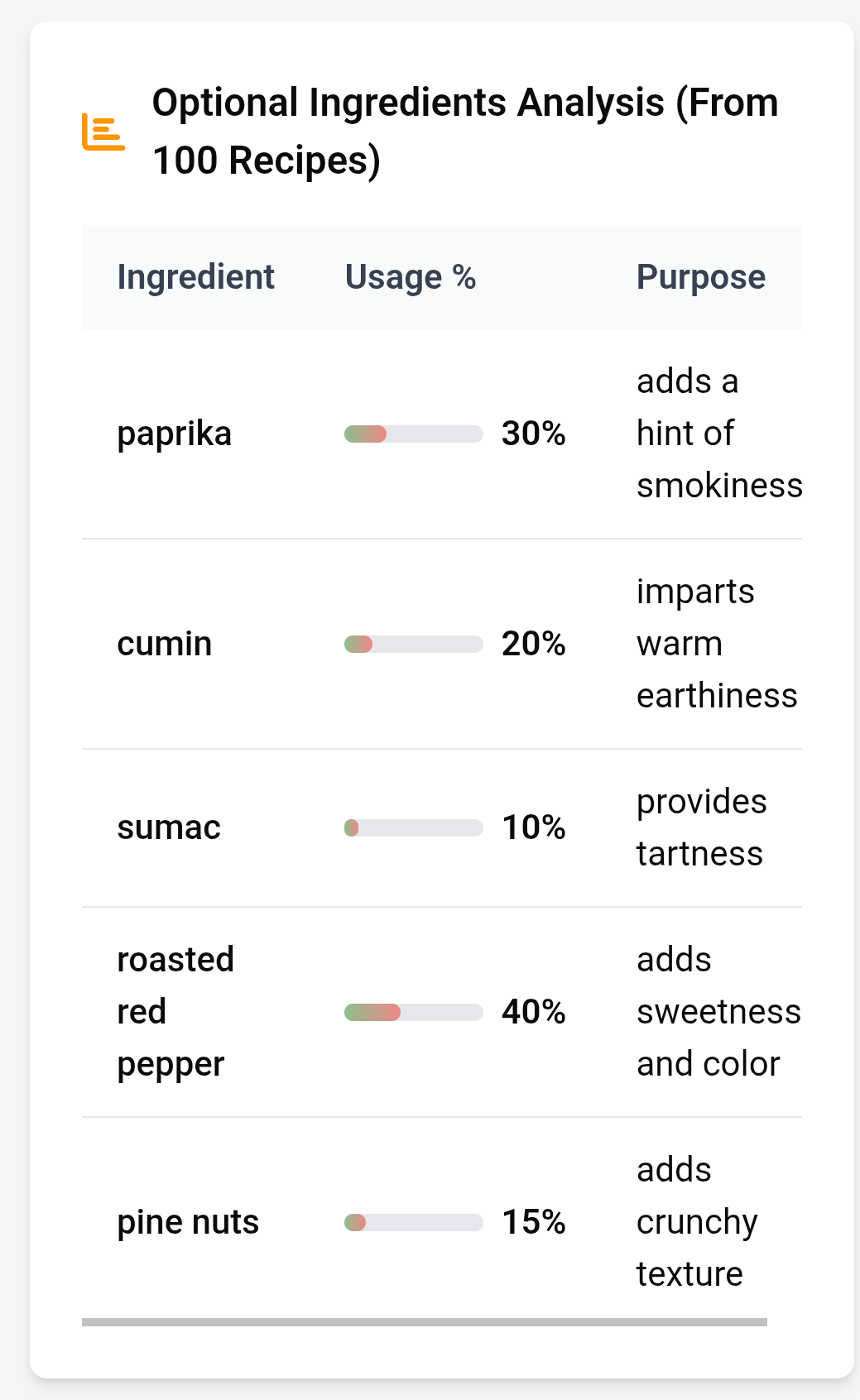
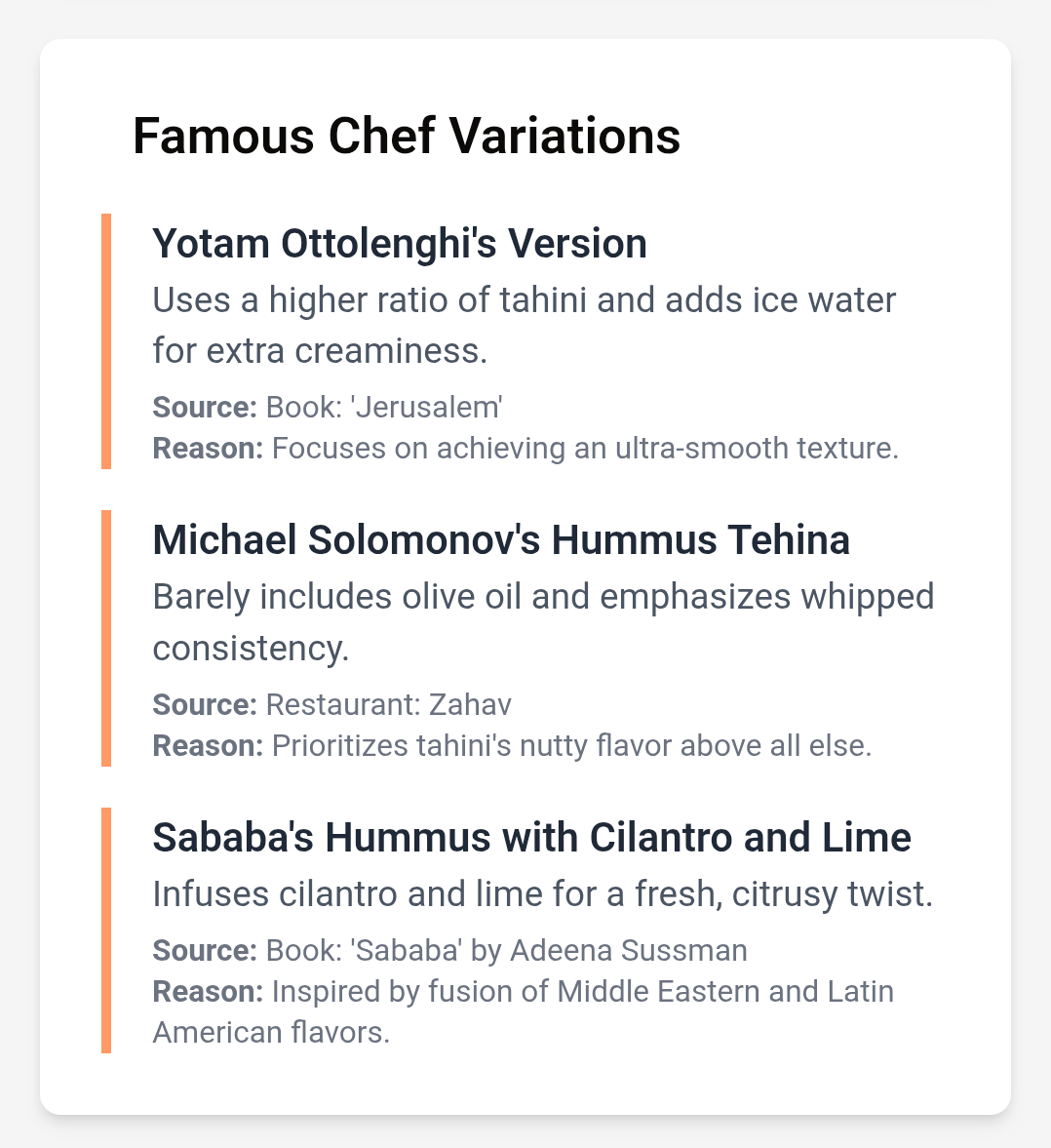
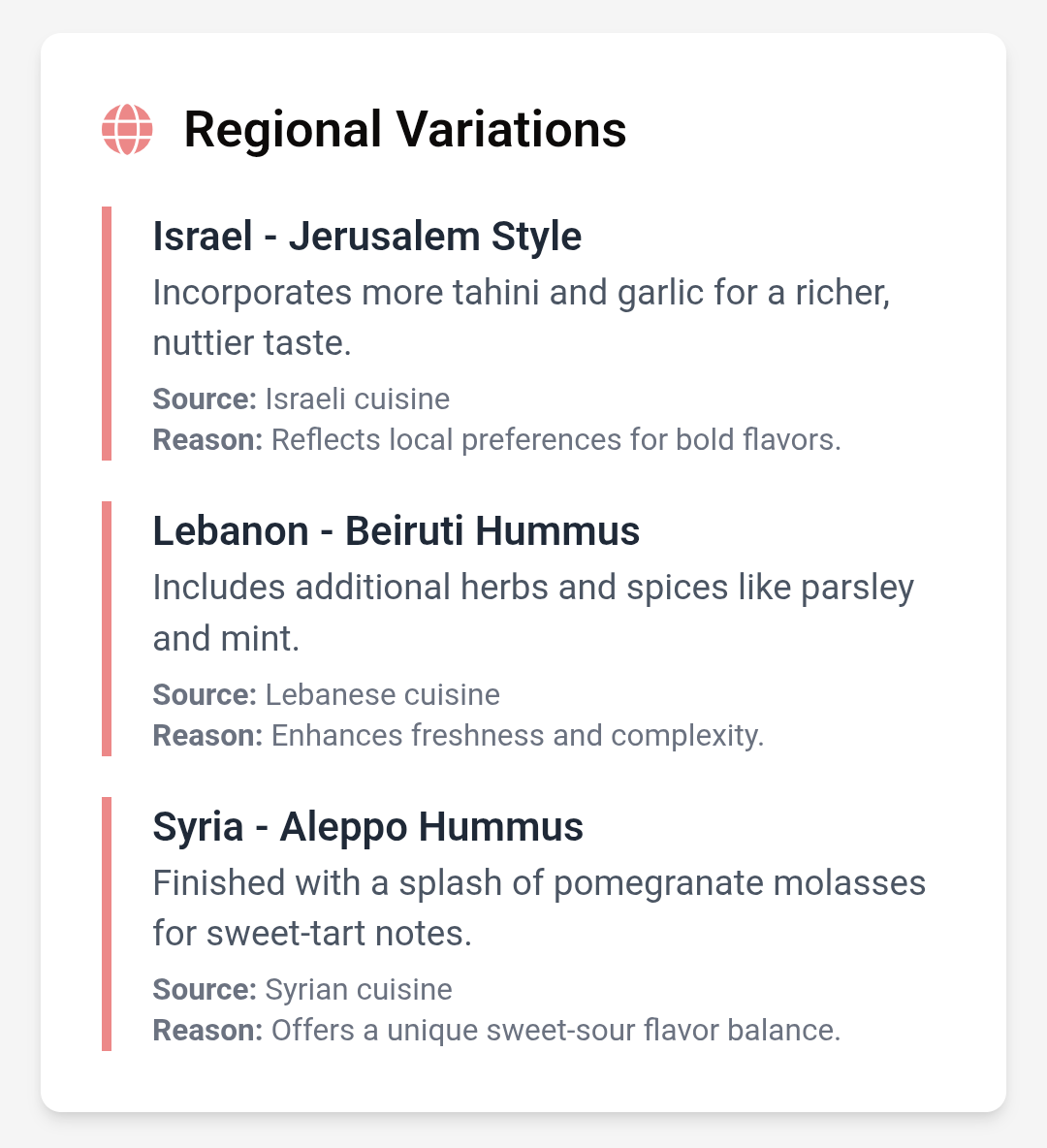
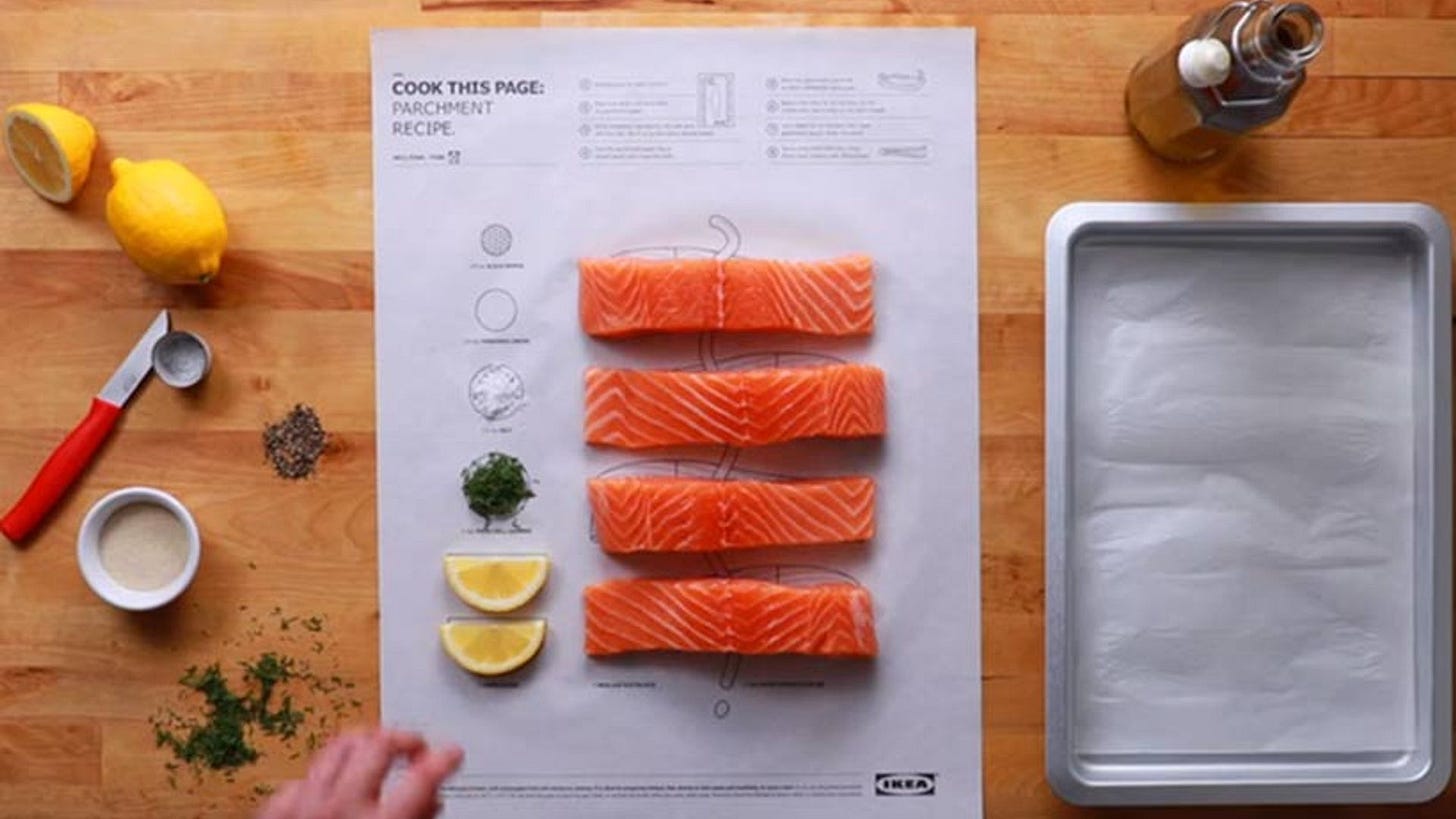
![Steam Workshop::Small Georgian Terrace [Fixed] Steam Workshop::Small Georgian Terrace [Fixed]](https://substackcdn.com/image/fetch/$s_!Nb2X!,w_1456,c_limit,f_auto,q_auto:good,fl_progressive:steep/https%3A%2F%2Fsubstack-post-media.s3.amazonaws.com%2Fpublic%2Fimages%2F791c9e1b-a036-40fc-a4a5-7f05974c4e66_512x286.jpeg)

